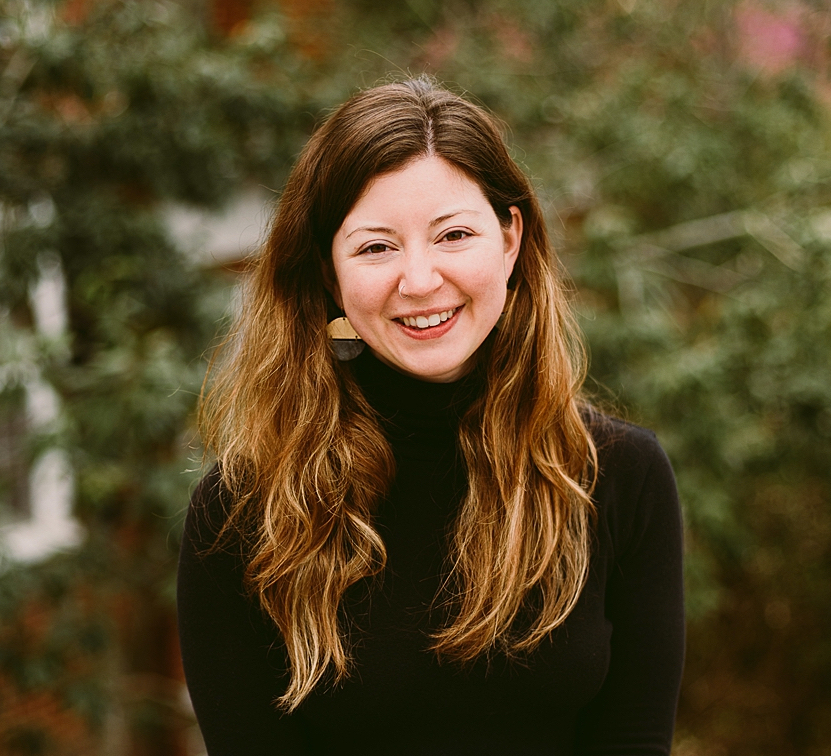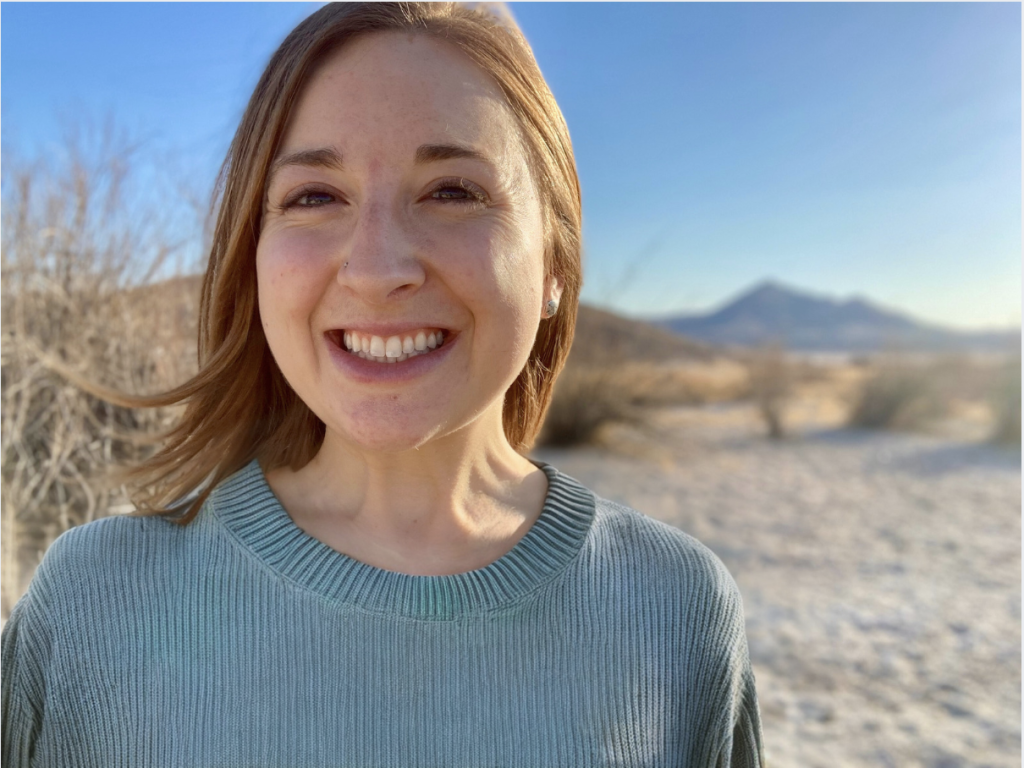Following our annual tradition of hosting Sea Grant Knauss Fellows, this February the Global Ocean Monitoring and Observing (GOMO) Program welcomed Allison (Alie) Lepp and Kyla Kelly! Alie comes to GOMO from Virginia Sea Grant and is supporting the Arctic Research and Communications portfolios. Kyla is from the University of Southern California Sea Grant and is supporting GOMO’s Ocean Carbon portfolio. Alie and Kyla are the 15th and 16th Knauss Fellows that the GOMO office has hosted since 2005! Get to know them in their introductory blog below.


What made you apply for the Sea Grant Knauss Fellowship?
KYLA: My dissertation research focused on examining the impacts of climate change on toxic harmful algal blooms (HABs). My data has the potential to improve models forecasting the occurrence of toxic blooms, leading to better event response and resource management for HAB-related challenges facing our coastal oceans. I applied for the Knauss Fellowship to understand how science like this can be translated and applied to strategic planning and national policy implementation for healthy oceans and resilient coastal communities.
ALIE: I became aware of the Knauss Fellowship a couple of years ago, during a science policy bootcamp offered through my university. Listening to current fellows discuss how they have been able to apply elements of their scientific training to, for example, supporting science operations or drafting legislation, helped me to reimagine how I could leverage my scientific training to have an impact through science policy. Through Knauss, I’m excited to learn more about how NOAA engages across line offices and with legislators, develops and implements frameworks for national research priorities, and collaborates with a variety of partners, in order to support cutting-edge and globally vital research.
What drew you to the GOMO office?
KYLA: GOMO’s critical role in making ocean carbon observations to improve climate change predictions strongly aligns with my interest in climate focused policy. My work as GOMO’s Carbon Coordination and Communication Fellow will be the perfect intersection between climate change policy and my background in phytoplankton biogeochemistry. This position also really interested me because of the opportunity to engage with scientists, from both academia and government, from a new, policy-focused perspective. I am excited to apply my scientific knowledge to real world issues related to ocean observing. Furthermore, when I asked the GOMO team what their favorite part of their jobs were during interviews, they all replied “the people.” Since joining I have experienced such a welcoming and supportive environment. GOMO’s collaborative, office-wide approach to supporting Knauss Fellows has felt very encouraging as I learn how to work in the science policy space.
ALIE: Many offices that I interviewed with had clearly defined vantages – either the “30,000 ft view” or the “3,000-foot view” – that the fellow would be exposed to through the year. One of the reasons that GOMO stood out to me was because the portfolio comprised both interagency collaborations as well as more on-the-ground work, like engaging with scientists at NOAA’s research labs. I knew that this office presented a unique opportunity to get the best of both worlds: knowledge of how smart, thoughtful collaborations between different agencies, NGOs, indigenous communities, and academic institutions operate, and knowledge of the exciting, impactful science and research contributions. GOMO also has a long history of hosting Knauss Fellows and several members of the team are Knauss alumni themselves. I knew my mentors would bring that perspective to how they support me through the year, in encouraging me to make the most of different professional development opportunities and explore aspects of NOAA that may be beyond my portfolio items. It was evident during my interview that the folks in GOMO are a tight-knit and supportive team, and this energy has been undeniably present in my first few weeks as a fellow!
What do you like to do for fun? Do you have a favorite place in DC yet?
KYLA: I love being outside every chance I get! On the weekends you might find me scuba diving, cycling, hiking, climbing, or skiing. I’m looking forward to exploring the national forests and parks around DC. While winter is still here, I’ve enjoyed going to the United States Botanic Garden to enjoy the greenery and warmth of the greenhouse. Also within DC, I’ve been enjoying the musical theater scene! A lot of shows start here before moving to Broadway, so it’s fun to get a sneak peak of new, up and coming shows.
ALIE: Being in nature, enjoying music, and expanding my wine knowledge are three of my biggest hobbies. The weather hasn’t been optimal for hiking so I haven’t yet explored the DC trails too much, but am looking forward to that in the springtime. Instead, I’ve enjoyed exploring the local record shop scene (incredible, especially enjoyed Decibel records in Shaw!) and bookmarking all the live music events coming to DC that I plan to attend. Before and during my PhD, I worked and volunteered in the wine industry, and I love learning specifically about organic and natural (made with minimal intervention) winemaking processes. As someone with a background in geology and interests in sustainable farming, it’s fascinating to see the ways winemakers are overcoming the challenges of growing grapes in a changing climate. DC has some fantastic wine bars that feature natural and biodynamically-produced wines. So far, I’ve really liked LuLu’s Wine Garden and the Urban Grape for bottle shopping!